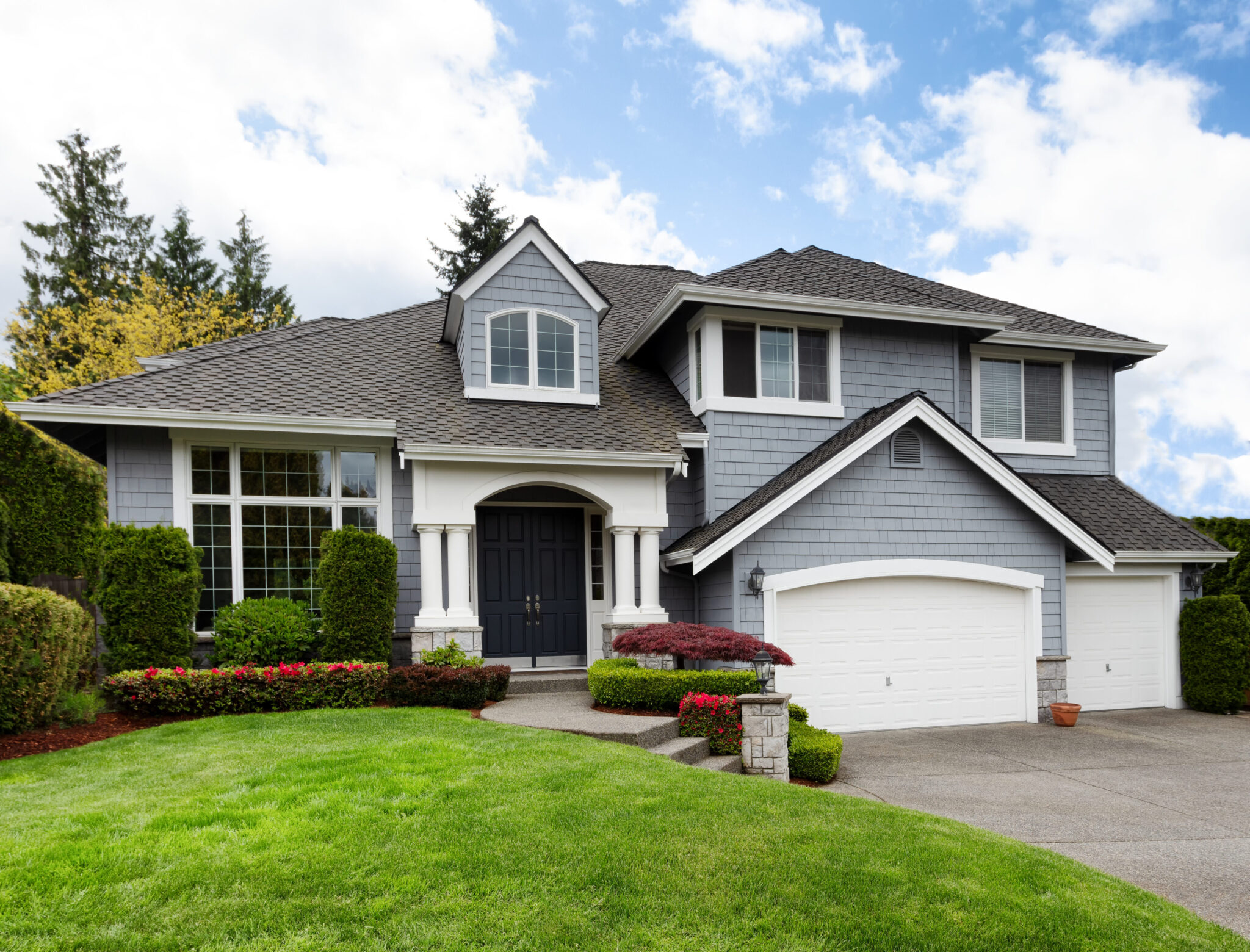Being underinsured means, you don’t have enough home insurance coverage to protect you if your home is damaged or destroyed in a fire or other disaster. Not having enough insurance can result in you assuming a large part of the repair costs yourself.
 The cost to repair or replace your home can fluctuate for many reasons, such as making an improvement to your home or adding an addition. Another influencing factor commonly experienced in today’s market is the rising costs of building materials, labor, and a significant lag time in the delivery of construction materials, leading to higher prices and added expenses that impact the cost needed to repair or replace your home. Now more than ever, it is crucial to ensure your home is insured to value and that you understand how replacement costs work with regard to loss settlement. So, what is replacement cost coverage?
The cost to repair or replace your home can fluctuate for many reasons, such as making an improvement to your home or adding an addition. Another influencing factor commonly experienced in today’s market is the rising costs of building materials, labor, and a significant lag time in the delivery of construction materials, leading to higher prices and added expenses that impact the cost needed to repair or replace your home. Now more than ever, it is crucial to ensure your home is insured to value and that you understand how replacement costs work with regard to loss settlement. So, what is replacement cost coverage?
- Replacement Cost Value (RCV) Coverage – Does not take depreciation or wear and tear into consideration. Instead, you will be reimbursed based on how much it would cost to replace, repair, or rebuild your property at today’s prices.
Example: Your house catches fire and goes up in flames. Your home insurance uses RCV to settle claims, and your policy has a $500,000 coverage limit. The total cost of rebuilding is estimated at $510,000. That means you’ll be responsible for the amount that exceeds your coverage, in this case, $10,000, and any policy deductible. In most cases, if you had extended replacement cost coverage (see below), you would also be protected from that $10,000 overrun.
- Extended Replacement Cost Coverage – This coverage can be added to most policies by endorsement and increases your RCV typically by a percentage (25%, for example) in the event a covered peril results in a loss exceeding your policy limit. Consult with your independent agent for details.
Most insurance policies will also include a built-in inflation guard endorsement designed to automatically increase building insurance limits to keep up with the inflationary impacts related to replacement costs. MMG continues to closely monitor this number, making necessary adjustments to ensure we are keeping pace with rebuilding costs. We encourage our agents and policyholders to work together using tools available, such as residential cost estimators, which are updated based on these trends and location-specific. If you have made home improvements, you may also ask your contractor to provide you with an updated valuation of your home.